Everyday Moves: 25 Gentle Exercises for Back Pain Relief
Welcome to your expanded toolkit of 15 research-backed, approachable exercises designed to nurture your back, restore mobility, and gently build strength. Each move is selected for its safety, simplicity, and real-life adaptability—whether you’re easing stiffness in the morning or stretching away the stress of desk work. These exercises celebrate progress over perfection, inviting you to listen to your body’s wisdom day by day.Remember: gentle movement isn’t just restorative, it’s also empowering. Consult a healthcare provider if your pain is persistent, severe, or the result of an injury. The following moves are here to supplement—not replace—medical care. Let’s explore these everyday ways to honor your back's needs, cultivate greater comfort, and rediscover joy in motion.
1. Knees-to-Chest Stretch: Lower Back Soother
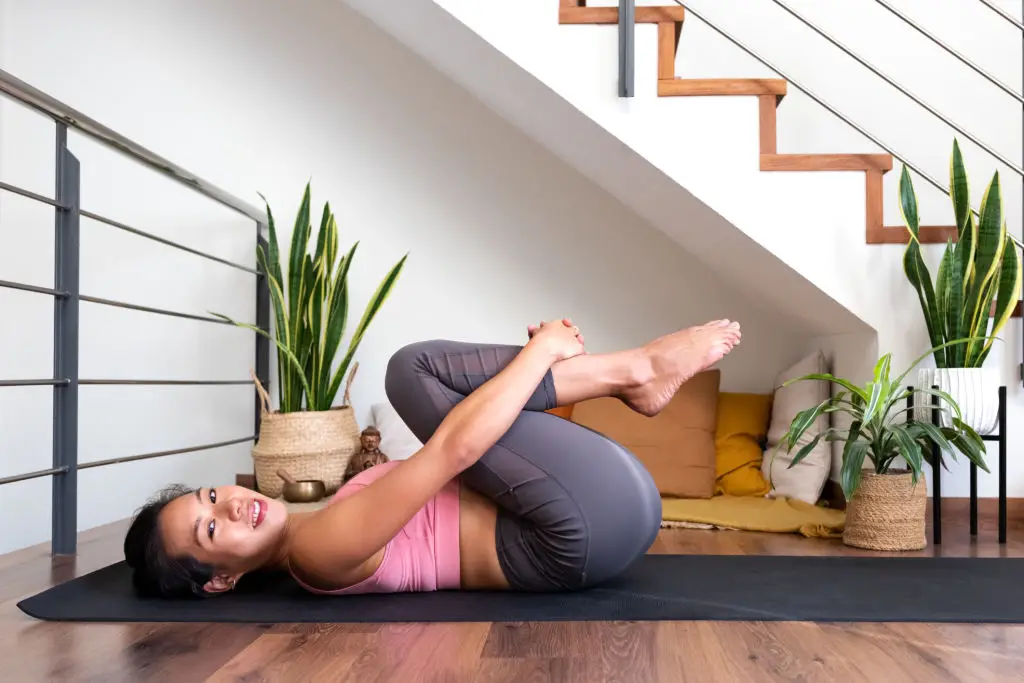
Sometimes the simplest movements offer the deepest comfort. The knees-to-chest stretch is a longstanding favorite among physical therapists for its ability to release tension gently from the lower back. To try it, lie flat on your back with your knees bent. Slowly bring both knees in toward your chest, wrapping your arms around them in a gentle hug. Hold this position for 20 to 30 seconds, taking relaxed breaths and letting your lower back soften into the floor.If bringing both knees up isn’t comfortable, draw in one leg at a time, keeping the opposite foot flat on the ground. This modification allows for safe stretching if your back feels extra tight or if you’re easing back in after a spell of discomfort. Repeat this stretch two or three times, giving your muscles a chance to reset. People often notice their lower back feels looser and lighter—even after just a few rounds. If you experience any pain, ease off immediately and try the single-leg version instead. This gentle approach helps break the cycle of stiffness while honoring your body’s limits.
2. Supine Twist: Spinal Rejuvenator
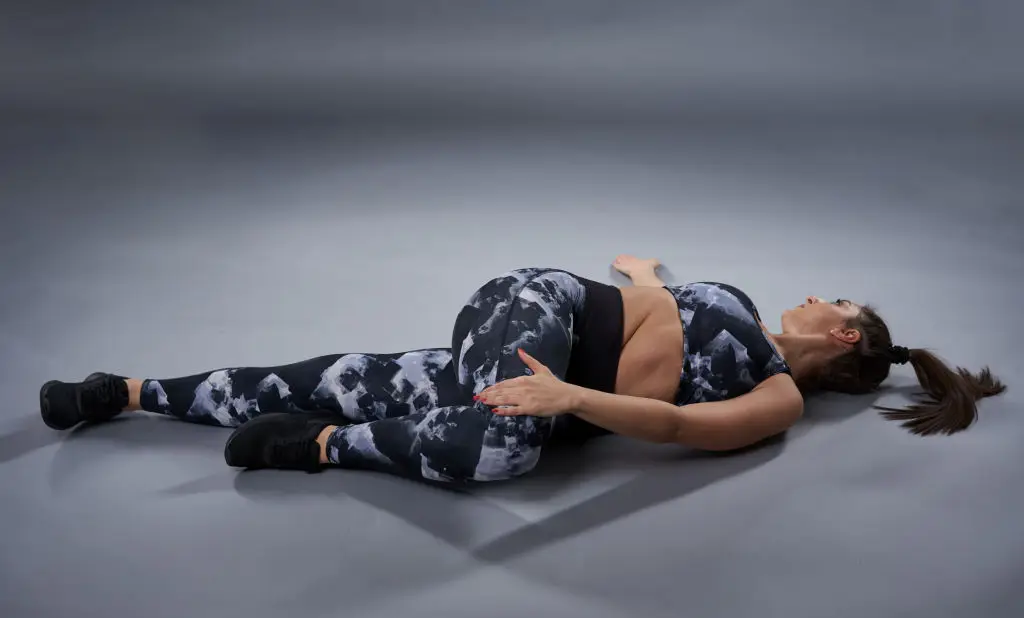
A supine (lying down) twist can feel like a breath of fresh air for the spine, especially after long periods of sitting. To begin, lie on your back with knees bent and feet flat on the floor. Let your arms rest out to the sides, palms facing up for extra comfort. Slowly lower both knees to one side, allowing your torso to rotate while your shoulders stay grounded. Hold this gentle twist for 20 to 30 seconds, breathing deeply and noticing the stretch through your hips and lower back.When you’re ready, gently bring your knees back to the center and repeat on the other side. Only go as far as feels smooth—never force your hips or back. If your shoulders want to lift, tuck a pillow or small towel underneath for extra support. This spinal twist not only relieves built-up tension but also encourages healthy movement through the mid and lower back. Aim for two to three gentle rotations per side, always listening to your body’s cues. A calm torso often leads to a calmer mind.
3. Cat-Cow Stretch: Spine Mobilizer
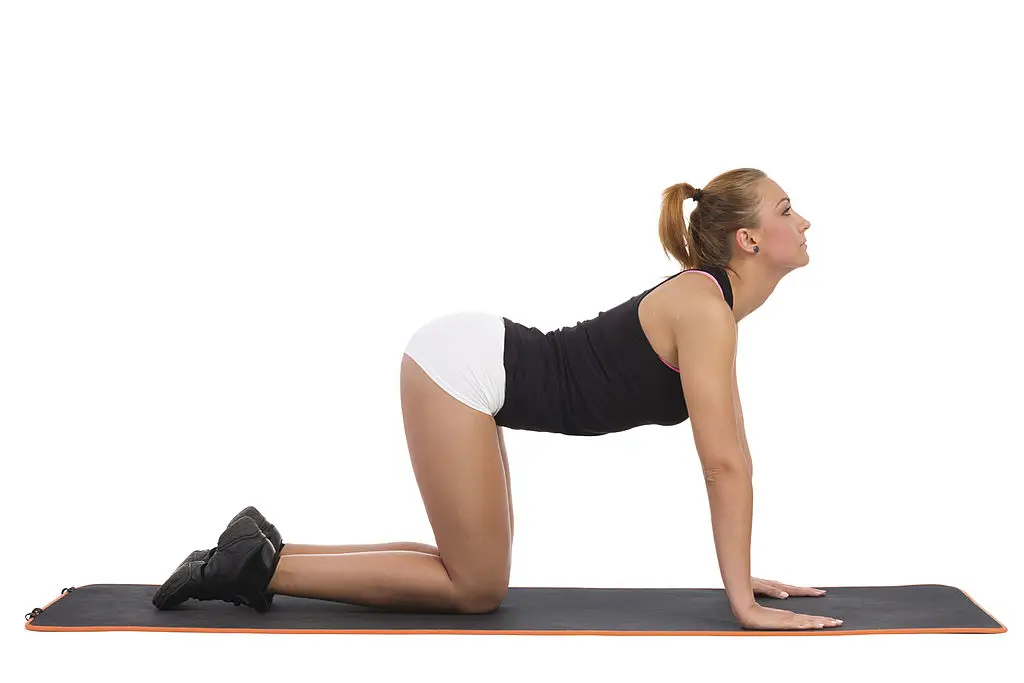
Mobility exercises like cat-cow help keep the spine fluid and ready for the movements life throws your way. Begin on your hands and knees, shoulders above wrists and knees below hips. Inhale as you gently arch your back, lifting your sit bones and head toward the ceiling—this is the “cow” position. As you exhale, draw your belly in, round your back upward, and let your head and tailbone drop—this is “cat.”Move slowly between these two positions, syncing with your breath and savoring the gentle stretch along your spine. Repeat this motion for one or two minutes, adjusting your pace as needed. Place a folded towel or cushion under your knees for extra comfort. The cat-cow stretch promotes flexibility, loosens tight spots, and brings circulation to areas that crave movement. It’s a favorite for morning stiffness or unwinding after a day at a desk. If you feel discomfort, limit the range of motion and focus on slow, fluid movement—gentle is key.
4. Child’s Pose: Safe Restorative Stretch
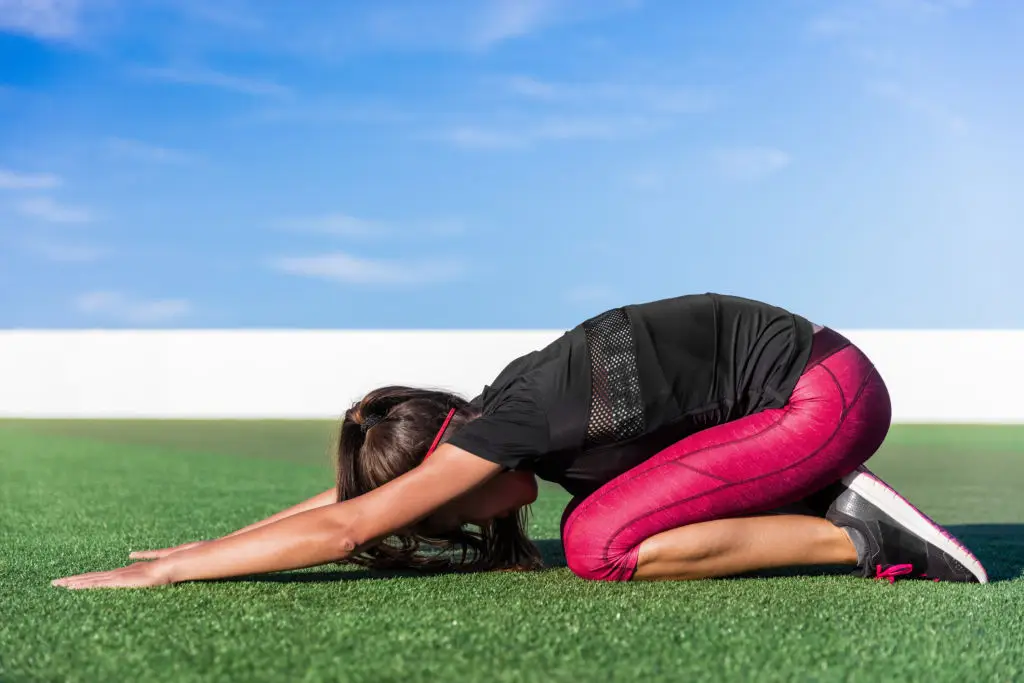
Child’s pose provides a rest stop for the entire body, especially when your back needs a moment of kindness. To settle into the position, begin on your knees and sit back on your heels. Gently fold forward, extending your arms in front with palms down, and let your forehead rest on the mat or a cushioned surface.Breathe deeply, imagining each inhale filling your lower back and each exhale melting away tension. If your knees or hips are sensitive, keep your knees wide apart or tuck a cushion underneath your chest or forehead for support. Spend at least 30 seconds here, even up to a minute if it feels soothing. This gentle stretch lengthens both the spine and hips, bringing a sense of peace to the whole body. Whenever you feel overwhelmed or your back is signaling for rest, child’s pose is a safe and nurturing place to pause.
5. Pelvic Tilts: Core Awakener
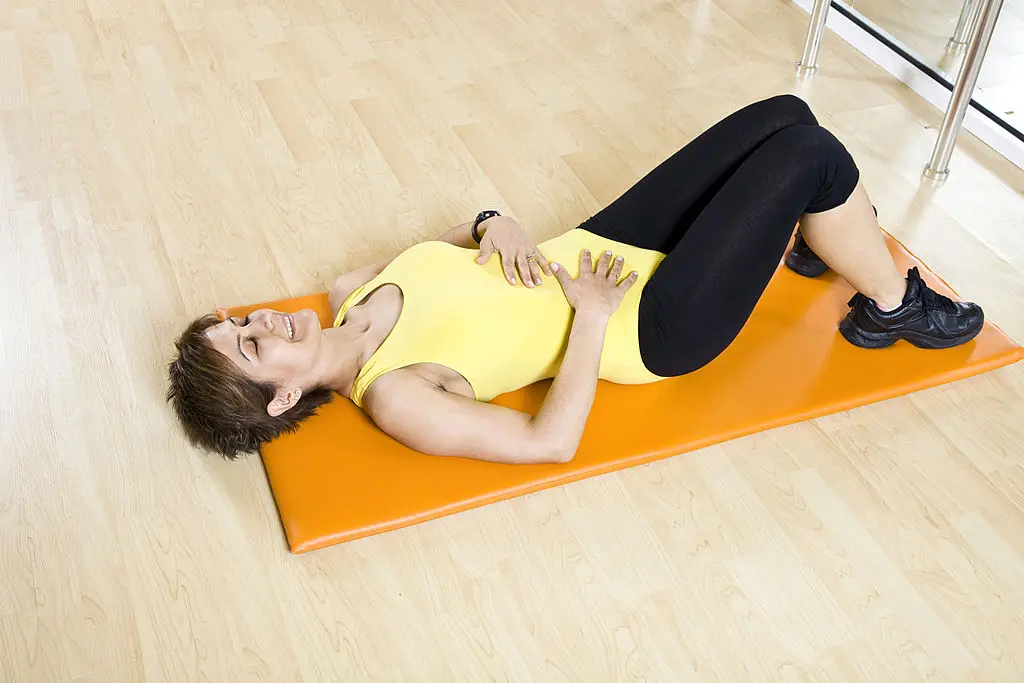
Pelvic tilts are tiny movements with mighty benefits, waking up your abdominal muscles and coaxing the lower back toward comfort. Begin by lying on your back, knees bent and feet flat on the floor. Gently rock your pelvis to flatten your low back against the floor, holding briefly. Then allow your pelvis to tilt away, forming a gentle arch beneath your lower back. Move slowly and with intention, repeating this rocking motion 10 to 15 times.Those new to movement can keep the range small and focus on how the motion feels, rather than how far they move. Pelvic tilts help retrain the core to support your spine in everyday activities like walking, lifting, or simply getting up from a chair. If you notice your hips tensing or your breath holding, pause and relax between repetitions. This basic but powerful exercise builds a foundation for back stability while being accessible for most people.
6. Supine Bridge: Glute and Back Support
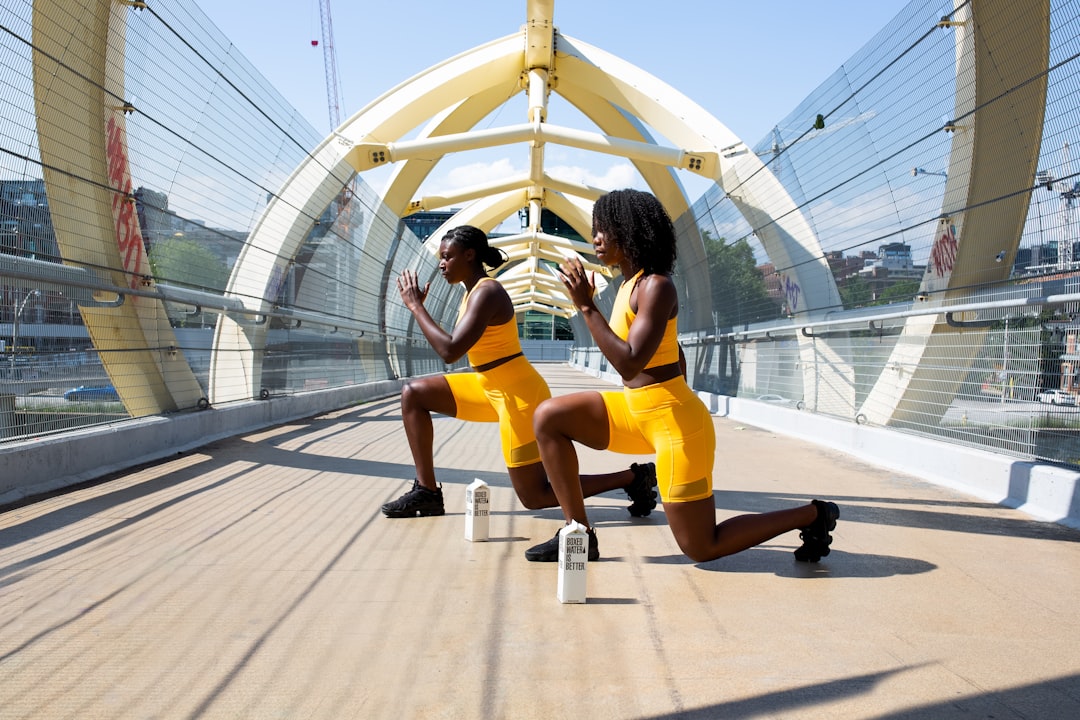
The supine (lying on your back) bridge is a workhorse for building strength where your back needs it most. Lie on your back, knees bent and feet hip-width apart. Press your feet into the floor and lift your hips until your body forms a straight line from shoulders to knees. Pause at the top for a count of three to five, then lower down with care. Aim to complete 8 to 12 repetitions.If full bridges feel daunting at first, try lifting your hips just a few inches or tucking a pillow under your lower back for support. This exercise not only fires up the glutes and hamstrings—vital muscles for back support—but also improves core strength. Bridging is gentle enough for beginners but effective for anyone pursuing healthy movement patterns. Listen to your body, keep your breath flowing, and celebrate each successful rep.
7. Seated Forward Curl: Desk-Relief Stretch
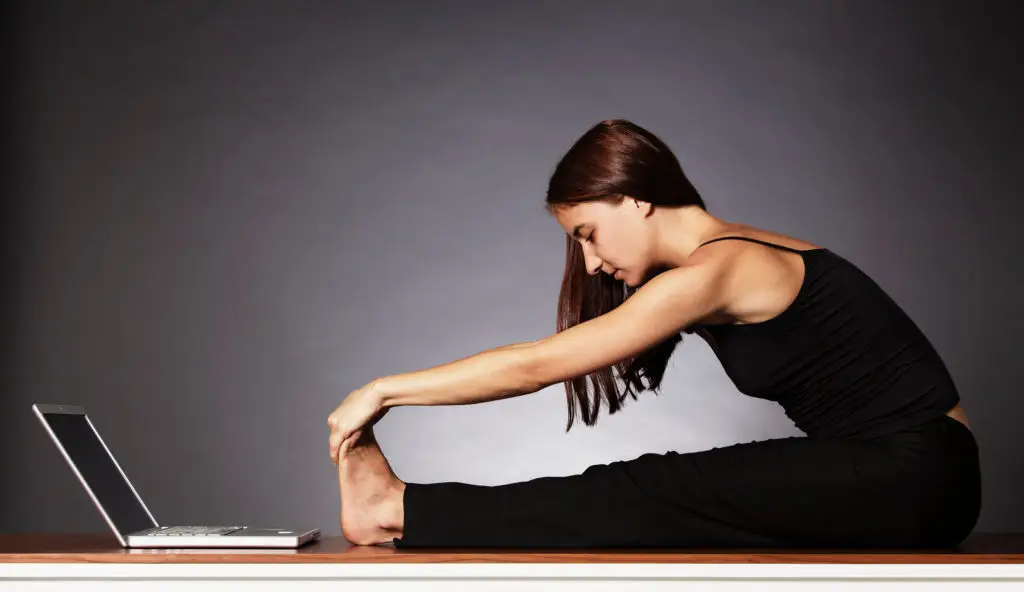
For those spending hours at a desk or table, the seated forward curl is a gift to the entire spine. Sit upright with feet flat on the ground and knees at a right angle. Gently fold forward over your legs, letting your arms hang or rest them on your thighs—whichever feels easier. Relax your head and neck, letting gravity offer a gentle pull.Breathe deeply for 20 to 30 seconds, rising slowly when ready. If flexibility isn’t your best friend these days, keep your arms supported rather than reaching toward the floor. This movement helps unwind the toll of long hours spent sitting and provides much-needed elongation for the back muscles. Repeat three or four times throughout the day for maximum comfort. A little movement at your desk can bring remarkable change.
8. Abdominal Draw-In: Gentle Core Supporter
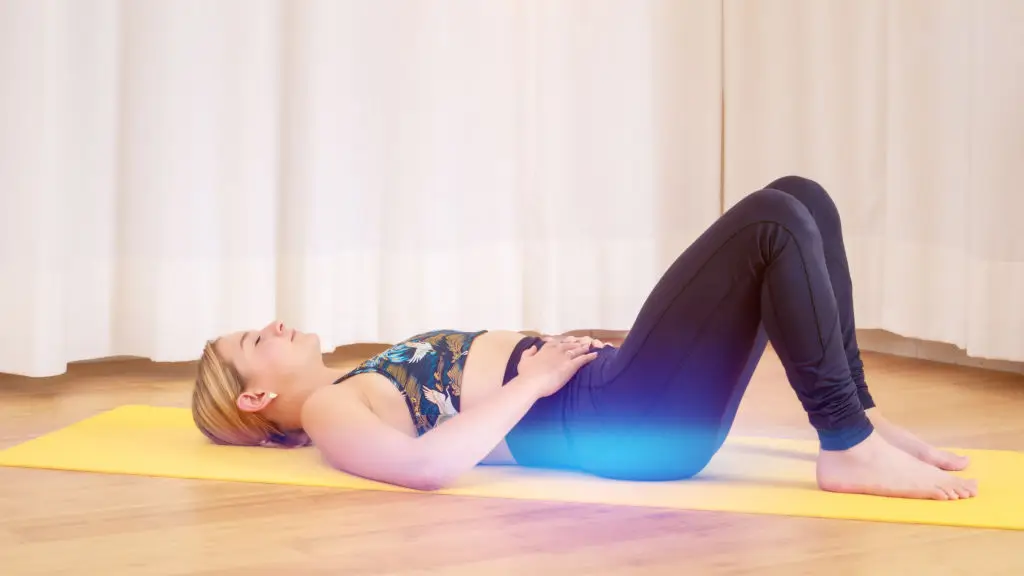
The abdominal draw-in is about activating the deep, supportive muscles without strain—ideal for those with sensitive backs. Start by lying on your back with knees bent, or you can even try this seated. Take a deep breath, then gently draw your belly button toward your spine as you exhale. Hold this soft “hollow” for 5 to 10 seconds, breathing gently, then release and relax.Using your hands on your belly for feedback can help you sense the activation. Repeat this process 8 to 10 times. Consistent practice builds the core stability essential for protecting your lower back during daily life. This subtle method is excellent for those new to exercise, post-surgery, or coming back from periods of inactivity. Gentle engagement fosters resilience—even if you don’t feel the “burn.” The sensation should always remain mild and under your control.
9. Cat Stretch Side-to-Side: Lateral Mobilizer
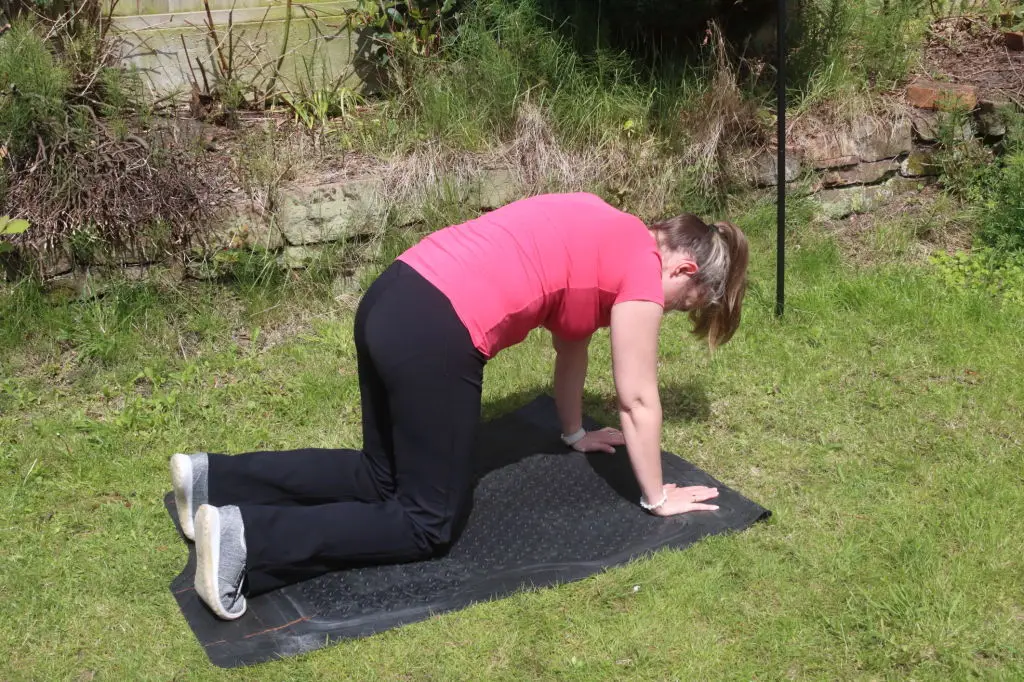
To add a touch of mobility to your routine, try moving your back gently side-to-side in a tabletop position. Start on hands and knees, then glide your hips slowly toward your right, returning to center, and then to your left. This lateral cat stretch brings much-needed relief to the side body—the often-forgotten oblique muscles and the quadratus lumborum (QL) along your waist.Keep your movements slow and mindful, only going as far as feels pleasant. This exercise helps reduce tension and tightness built up from repetitive movements or prolonged stillness (like watching TV or driving). Perform five to eight motions per side, always breathing deeply. If new to this stretch, reduce the side-to-side range of motion and use a yoga mat or towel under your knees for padding. Regular practice can make daily movements like bending or reaching feel lighter and easier.
10. Standing Side Stretch: Upright Tension Release
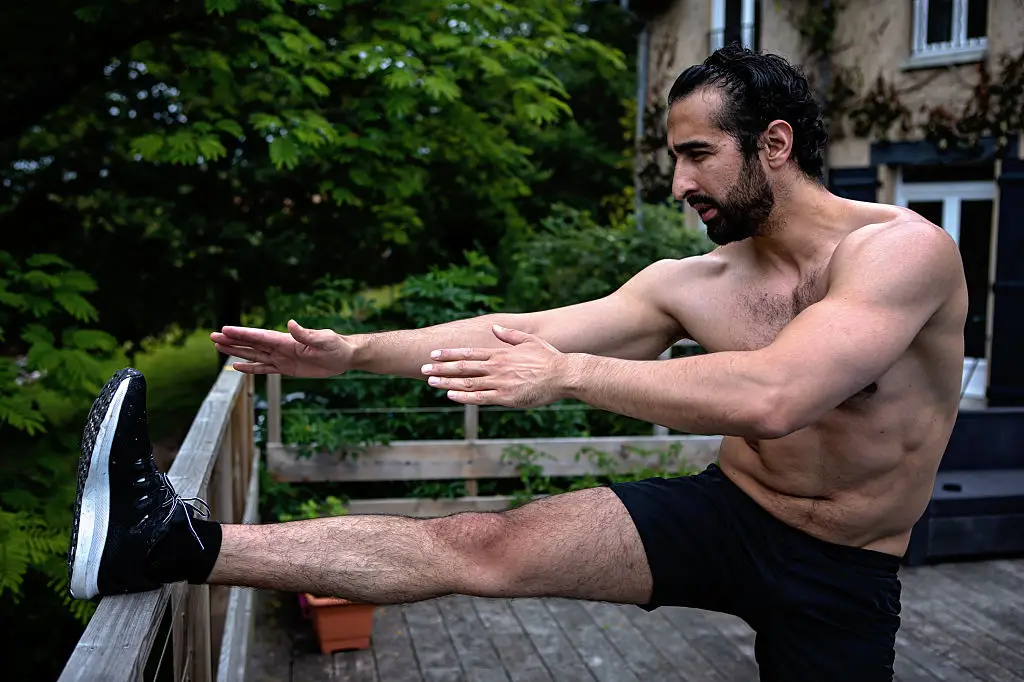
Standing side stretches offer relief whether you’ve just gotten out of bed or been sitting for far too long. Stand with feet hip-width apart and arms at your sides. Inhale and raise both arms overhead, then gently lean to one side, keeping your body in a straight line without rotating. Hold for a slow count of ten, return to center, and repeat on the opposite side.If balance is tricky or standing isn’t comfortable, do this same movement while sitting—the relief for your back and ribcage remains the same. Standing side stretches lengthen both the lower and upper back, relieve tension along the waist, and even aid in deeper breathing. Try two or three stretches on each side daily, noticing how your back responds to gentle lengthening from top to bottom.
11. Seated Spinal Rotation: Gentle Twisting for Mobility
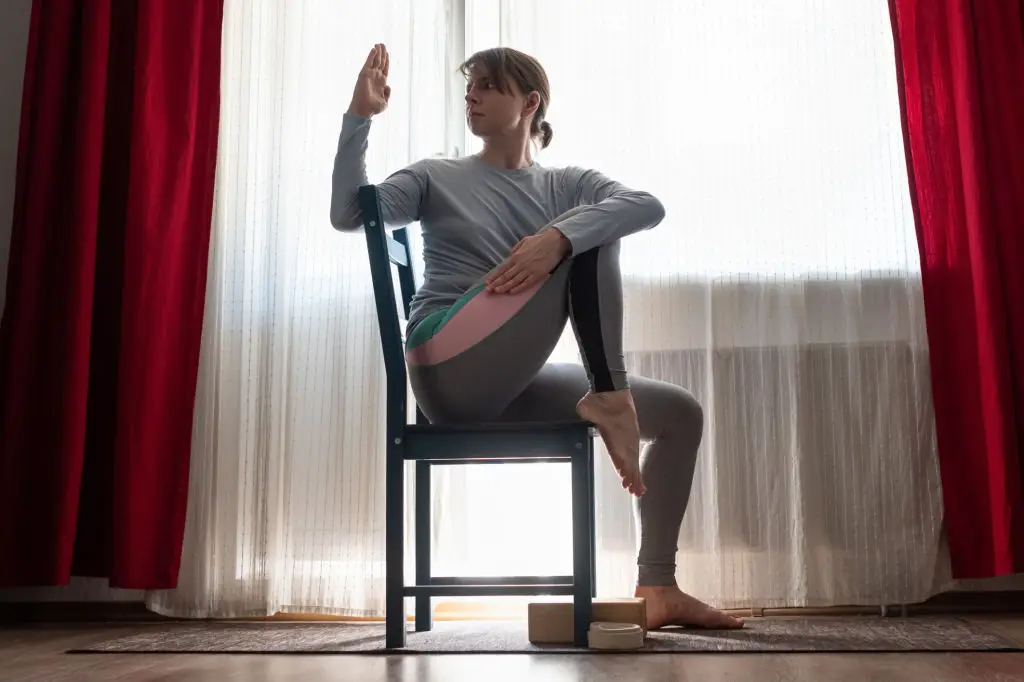
This seated spinal rotation is all about unlocking gentle movement through your back with minimal effort. Sit tall in a sturdy chair with feet flat on the floor. Cross your arms over your chest or let your hands rest on your shoulders. Gently rotate your torso to the right, keeping hips stable and spine upright, pause for a few breaths, then smoothly return to center. Repeat to the left.Only twist as far as feels natural—forcing a deeper rotation isn’t necessary and can actually increase tension. This exercise encourages gradual gains in range of motion, which support everyday tasks like reaching, twisting, or even getting dressed. Those dealing with stiffness can keep the range quite small at first and increase it as comfort and flexibility return. Practice this rotation a few times per day, and let your breath lead the way.
12. Wall Angels: Posture Refresher
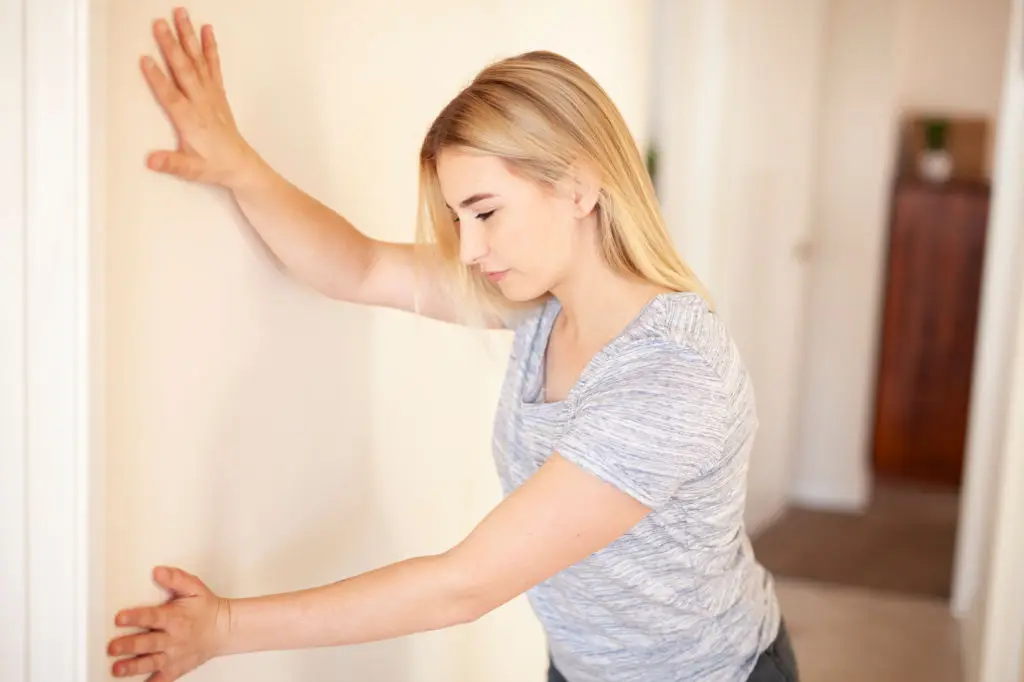
Wall angels may feel simple, but over time, they can transform posture and ease tightness—especially in the upper back. Stand with your back, head, and arms pressed against a wall in a wide goalpost (“W”) position. Slowly slide your arms up to form a “V” and then back down, keeping elbows and wrists as close to the wall as possible. Move within a pain-free range—your arms needn’t stay flush if that’s uncomfortable.Repeat this up-and-down motion 8 to 10 times, focusing on smooth, even movement. Wall angels strengthen the upper back, improve awareness of alignment, and counteract the tendency to round forward during daily life. If standing is a challenge, try similar movements while sitting up straight or using a shorter range. Little by little, you may notice standing and sitting taller becomes second nature.
13. Prone Press-Up: Gentle Spinal Extension
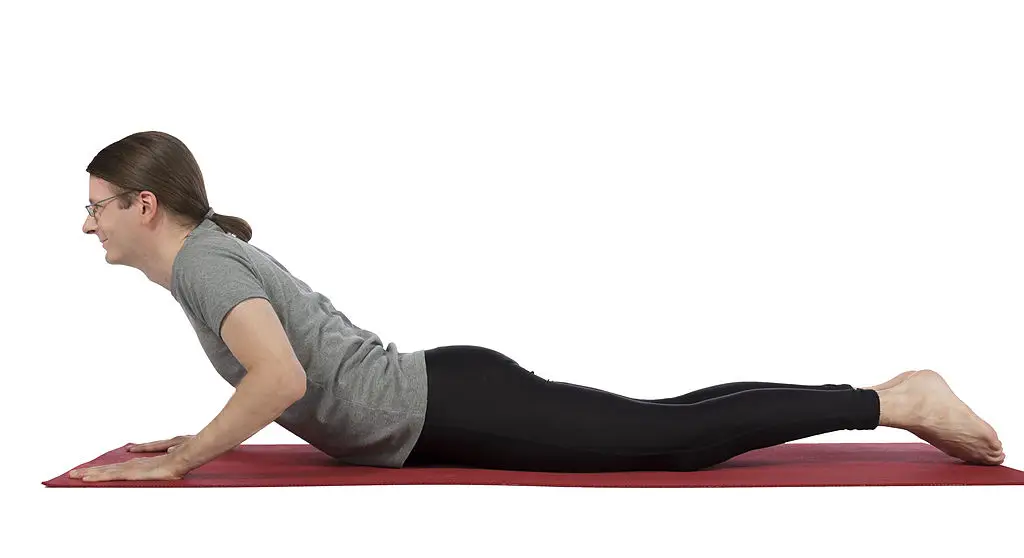
The prone press-up gently encourages your spine to extend, offering relief if your back feels compressed or pinch-prone. Lie face down with your elbows beneath your shoulders and forearms on the floor. Using your arms for support, slowly press your upper body upward, letting your hips and pelvis remain relaxed on the floor.Pause for about 5 seconds at the top, then gently return to the starting position. Try five to eight repetitions, keeping the movement slow and controlled. If rising up feels like too much, simply prop yourself on your elbows and breathe deeply. This movement is an antidote to the all-too-common forward-bend posture from long periods of sitting. It can help improve spinal health and ease pressure on the lower back, but always move within a comfortable pain-free range.
14. Marching Bridge: Dynamic Core/Balancer
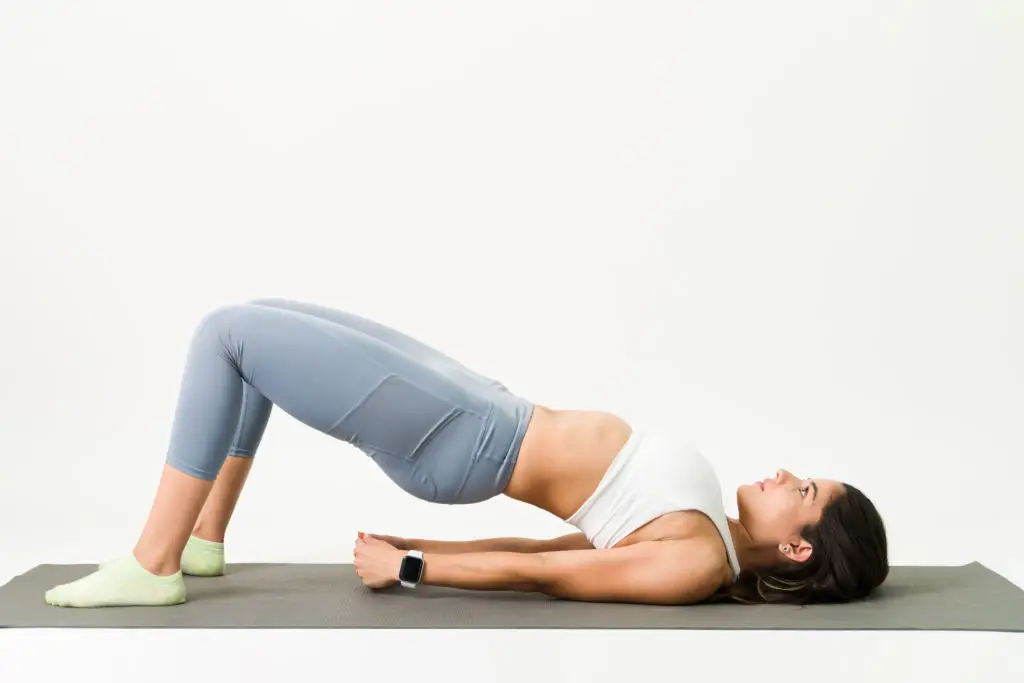
Taking the standard bridge up a notch, the marching bridge combines gentle strength-building with balance training. Start on your back, knees bent, and lift hips into a bridge. While holding the bridge position, slowly lift one foot an inch off the floor, lower it, then lift the other. Keep your hips level and movement slow—focus is on control, not height.Alternate legs for 8 to 10 marches, lowering your hips to rest as needed. If you’re new to bridges, start with the feet barely lifting or stick to the basic bridge until you gain confidence. Marching bridges engage the glutes, core, and back muscles all at once, building coordination that pays off in daily life—think walking, stepping, and even balancing on uneven ground. Small motions bring big benefits over time.
15. Hip Flexor Stretch: Front Chain Relief
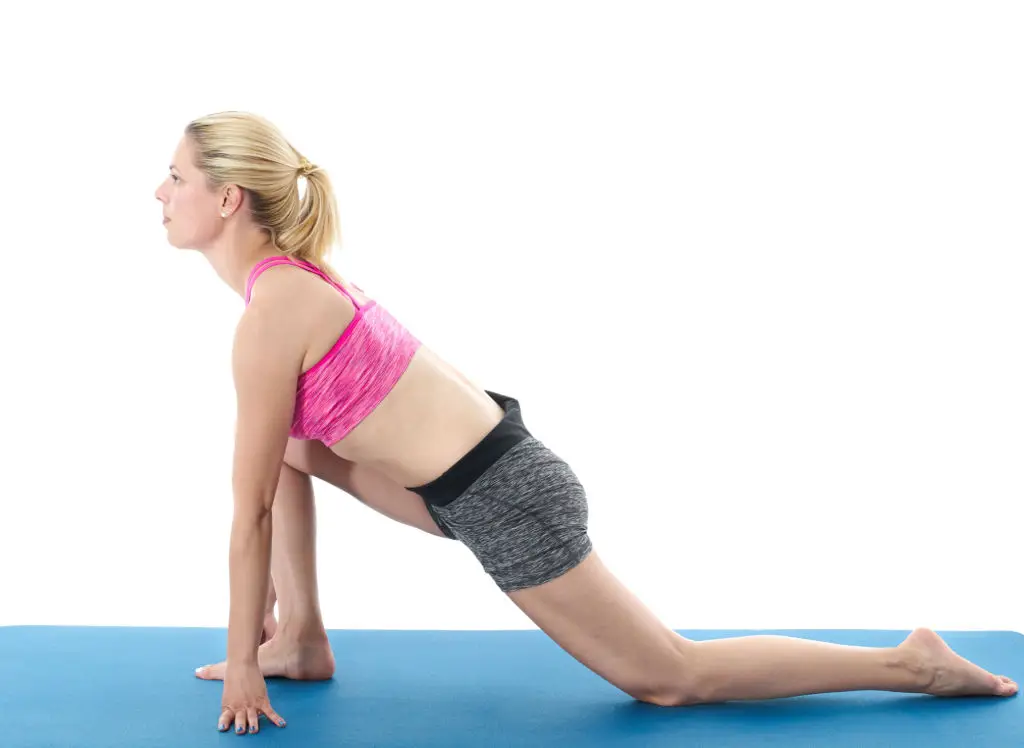
Tight hip flexors often sneakily contribute to back pain, especially for those who sit for many hours each day. To stretch them, kneel on a soft surface and step your right foot forward into a gentle lunge. Press your hips forward until you feel a stretch along the front of your left hip. Keep your chest upright and shoulders relaxed.Hold the stretch for 20 to 30 seconds, then switch sides. Use a cushion under your knee for added comfort or steady yourself with a chair or wall. Regular hip flexor stretching reduces pull on the lower back, encourages upright posture, and opens up movement throughout the body. As always, the goal is mild tension, not discomfort. Progress will arrive steadily with a little daily attention.
16. Forearm Plank (Modified) — Deep Core Endurance
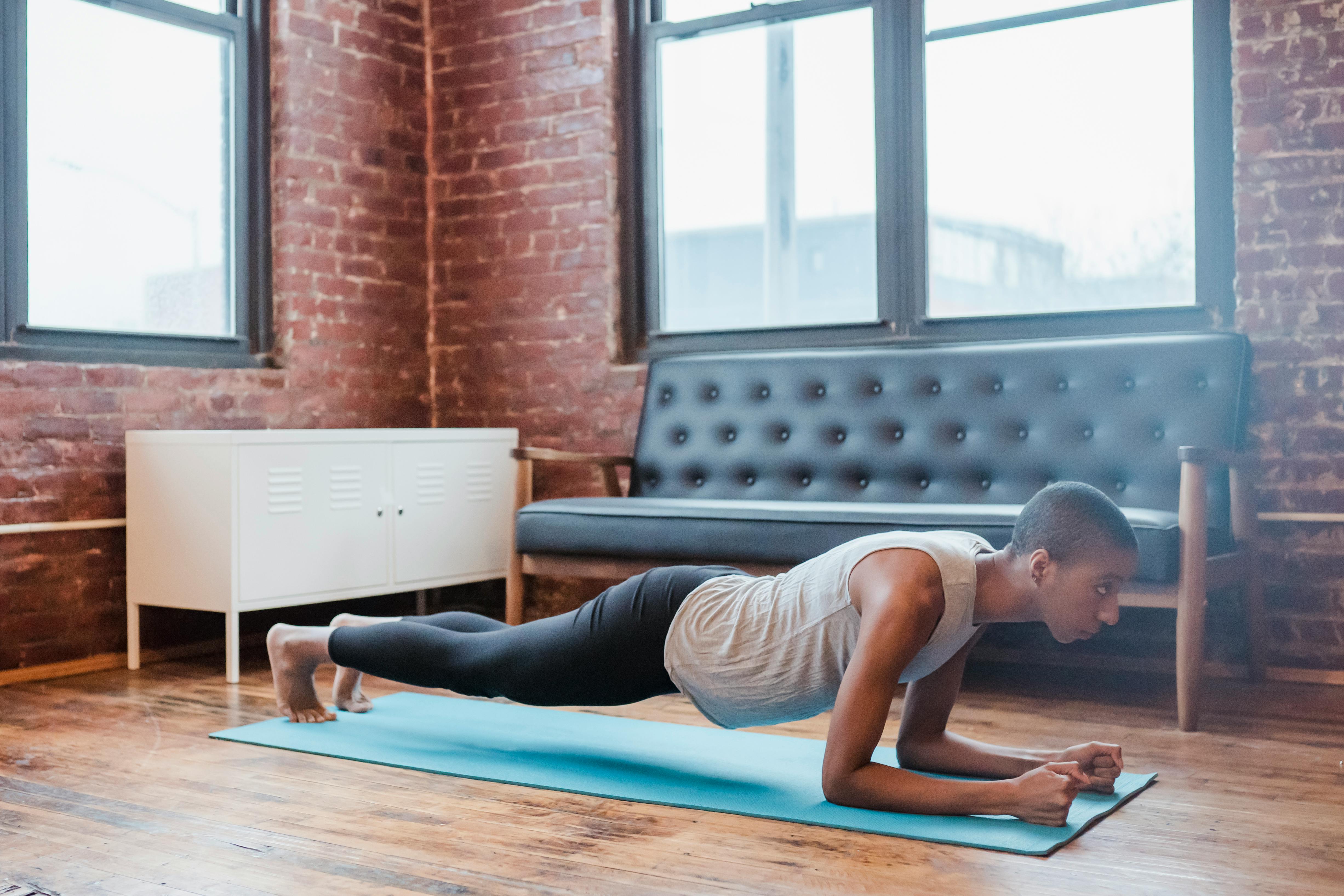
The plank is a superior exercise for training the deep abdominal muscles and lower back stabilizers for endurance, which prevents fatigue and slouching later in the day. Start on your hands and knees, then lower onto your forearms, keeping your elbows beneath your shoulders. For a modification, keep your knees on the floor, forming a straight line from head to knees, and simply hold this position. Focus on drawing your navel softly toward your spine and keeping your head in line with your back. Hold the position for 10 to 30 seconds. This builds sustained core strength without the impact of traditional crunches, teaching your entire trunk to act as a supportive unit.
17. Single-Leg Stand (Proprioception Challenge) — Functional Stabilizer Test
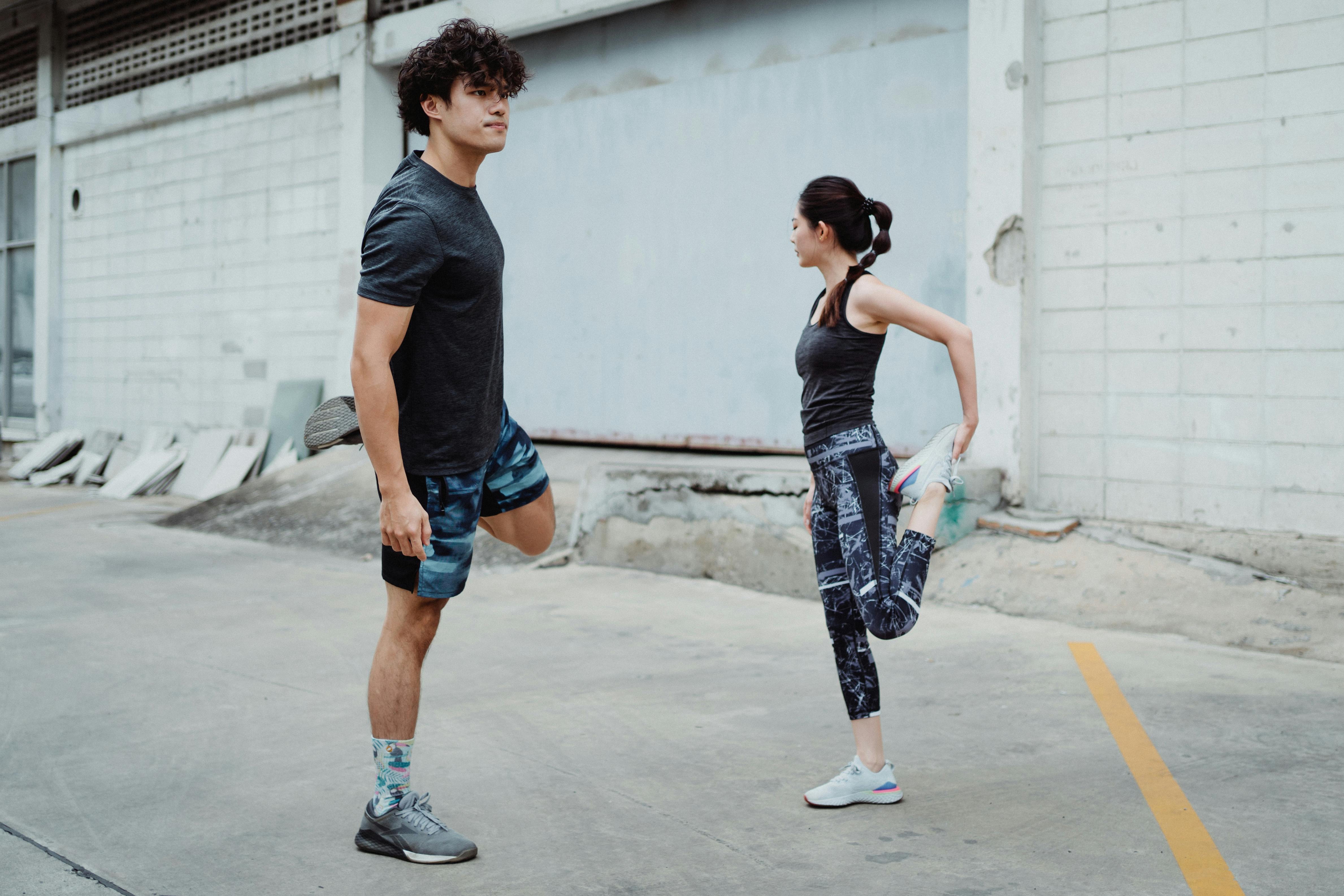
Standing on one leg is the simplest yet most functional test of your back and hip stabilizers—the muscles that keep your pelvis level when you walk. Stand tall near a sturdy surface for support. Slowly shift your weight onto one foot and lift the other foot a few inches off the floor. Try to hold this position for 15 to 30 seconds. Focus on maintaining a level pelvis and a steady gaze. This trains the crucial gluteus medius muscle, which often gets weak and contributes to lower back pain. To progress, lightly lift your hands from the support. Consistent practice improves balance and reduces the side-to-side shift that fatigues the spine.
18. Bird-Dog Row (Tabletop Stability) — Anti-Rotation Strength
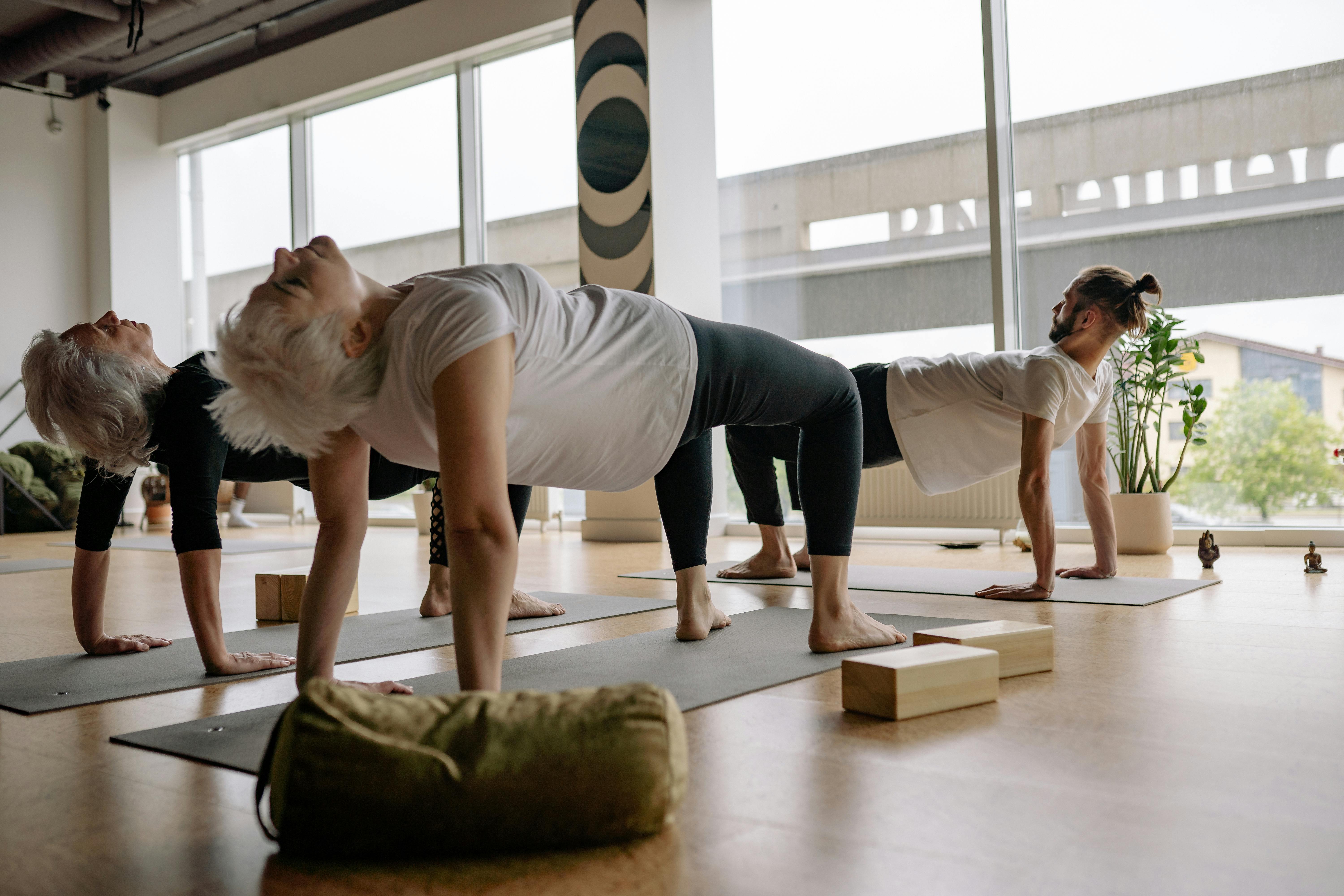
This move takes the classic Bird-Dog and adds a gentle resistance component to challenge anti-rotation—the core's ability to keep the spine from twisting, which is vital for preventing injury. Start on hands and knees, holding a light weight (or a water bottle) in one hand. Perform the regular Bird-Dog motion, but as you extend the opposite arm and leg, perform a slow row with the hand holding the weight, pulling your elbow toward the ceiling. The core must work harder to stay square. This move strengthens the deep supporting muscles used when reaching or carrying objects unevenly, offering targeted protection for the lower back.
19. Lying Figure-Four Stretch — Piriformis and Sciatica Relief
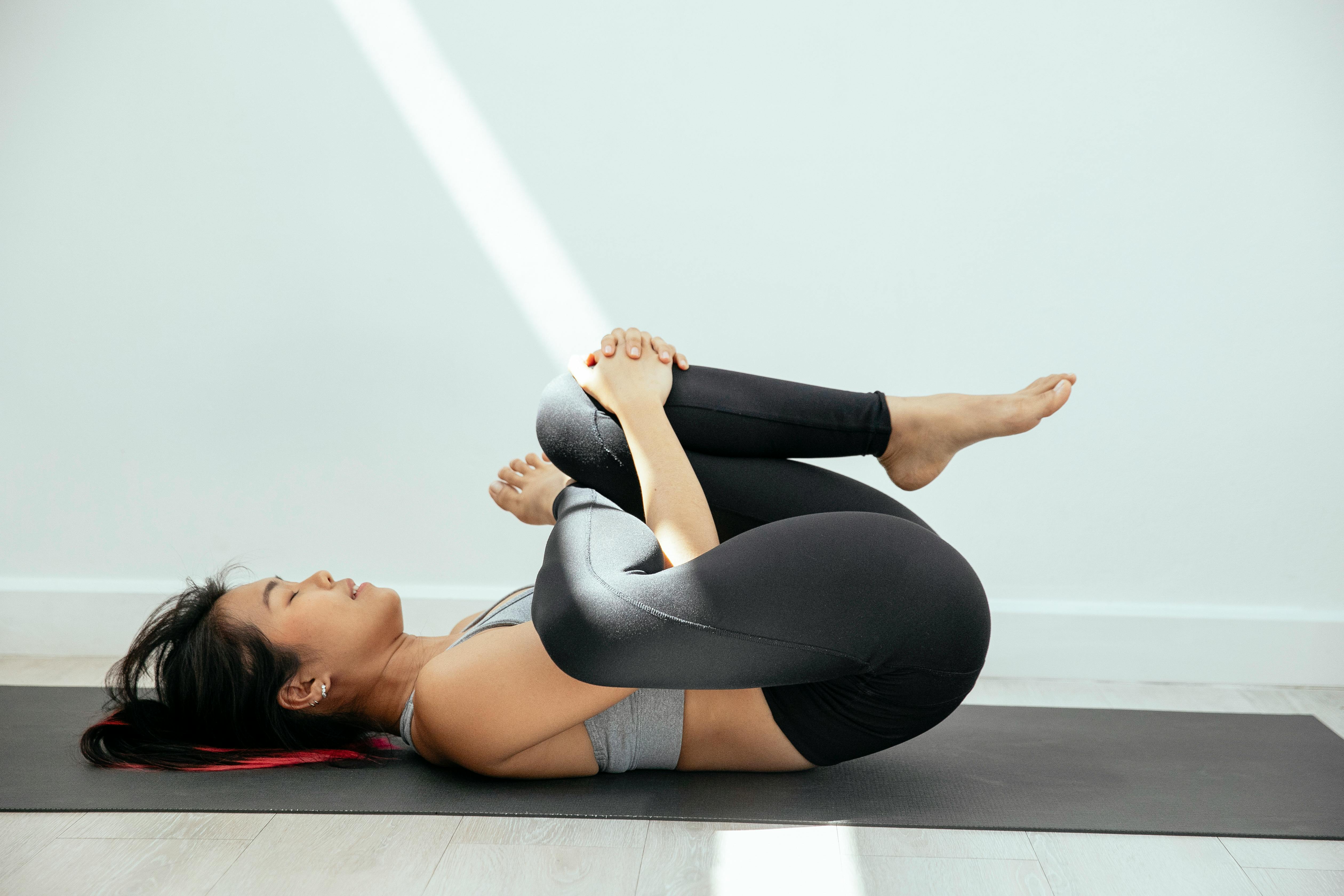
Tightness in the piriformis muscle, a deep hip rotator that sits near the sciatic nerve, is a frequent contributor to stubborn low back and leg discomfort. Lie on your back, bend your knees, and cross one ankle over the opposite knee, forming a "figure four" shape. Gently use your hands to draw the non-crossed knee toward your chest until you feel a comfortable stretch in your hip and buttock. Hold for 30 seconds per side. This stretch gently releases tension in the hip's exterior rotators, providing often-immediate relief that extends up into the lower back and helps ease potential sciatica irritation.
20. Hip Hinge Practice (The Safe Bend) — Posture Retraining
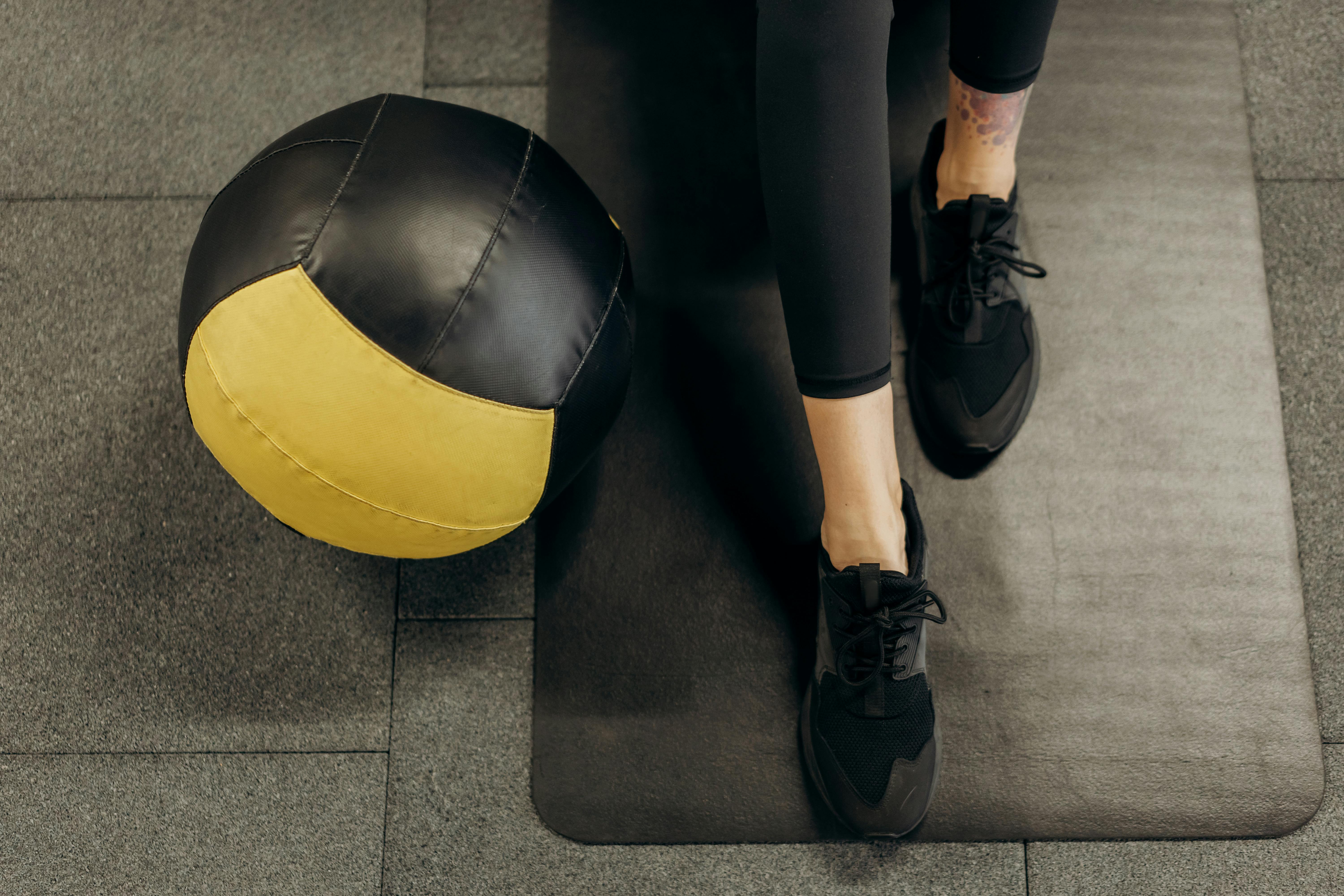
The Hip Hinge is not an exercise but a fundamental movement pattern essential for protecting your back during daily activities like bending over to load the dishwasher or pick up a pen. Stand with hands on your hips or holding a broomstick along your spine. Keeping a slight bend in your knees and a long, flat back, slowly push your hips straight back until you feel a light hamstring stretch. It is a bow, not a squat. This move teaches you to recruit your stronger glutes and hamstrings rather than relying on your spine's weaker muscles to bend, making everyday lifting and bending safer and easier.
21. Clamshells (Side-Lying Hip Stabilizer)
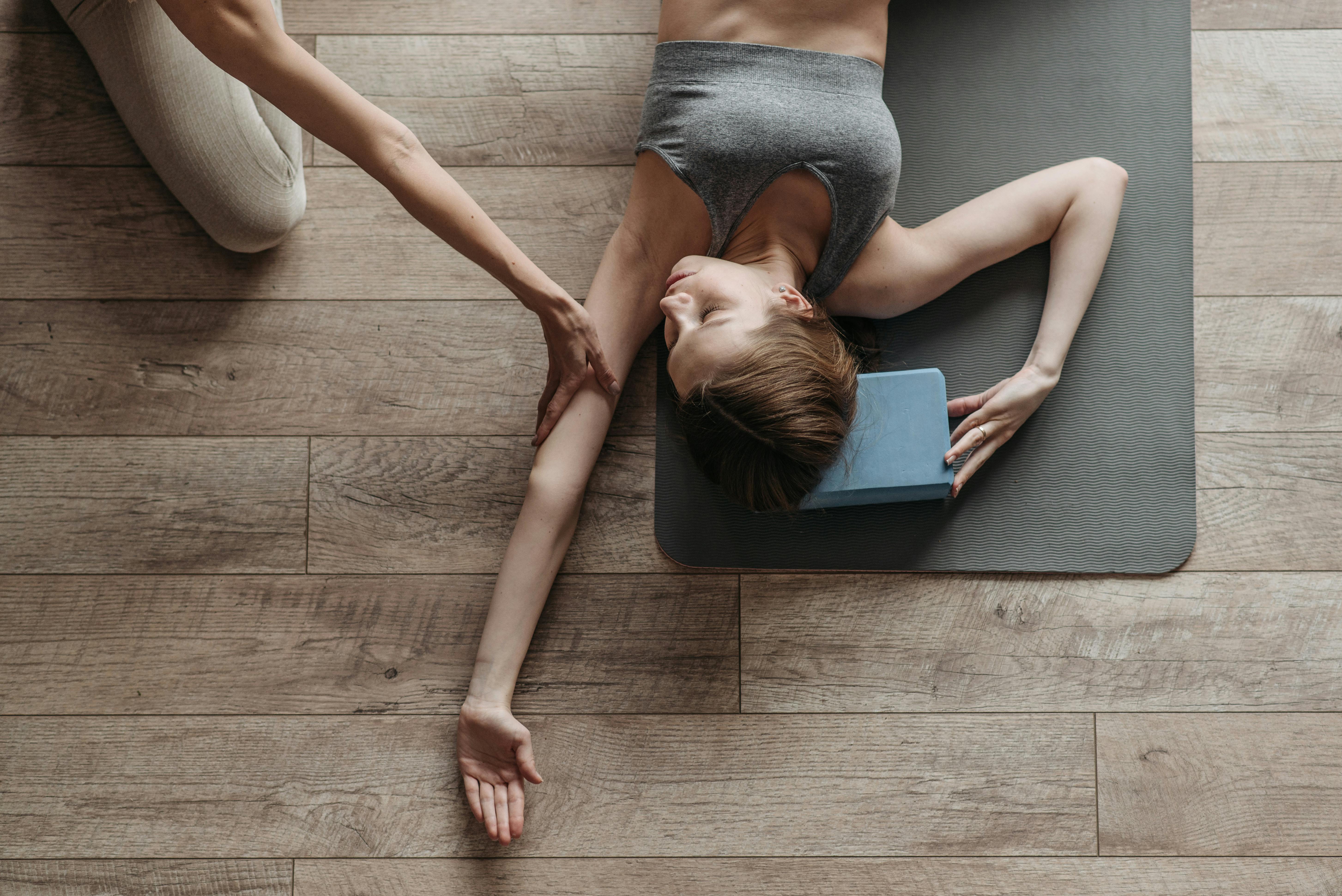
The Clamshell is a powerhouse move for strengthening the gluteus medius, a small muscle on the side of your hip crucial for preventing pelvic drop when you walk. Lie on your side with knees bent and feet together. Keep your feet touching and slowly lift your top knee toward the ceiling, creating a clamshell shape. Focus on engaging the side of your hip, not your lower back. Perform 10-15 slow, controlled reps on each side. Strengthening this muscle provides rock-solid stability and prevents the lateral sway that often transfers stress to the lower spine.
22. Quadruped Hip Extension (Glute Firing)
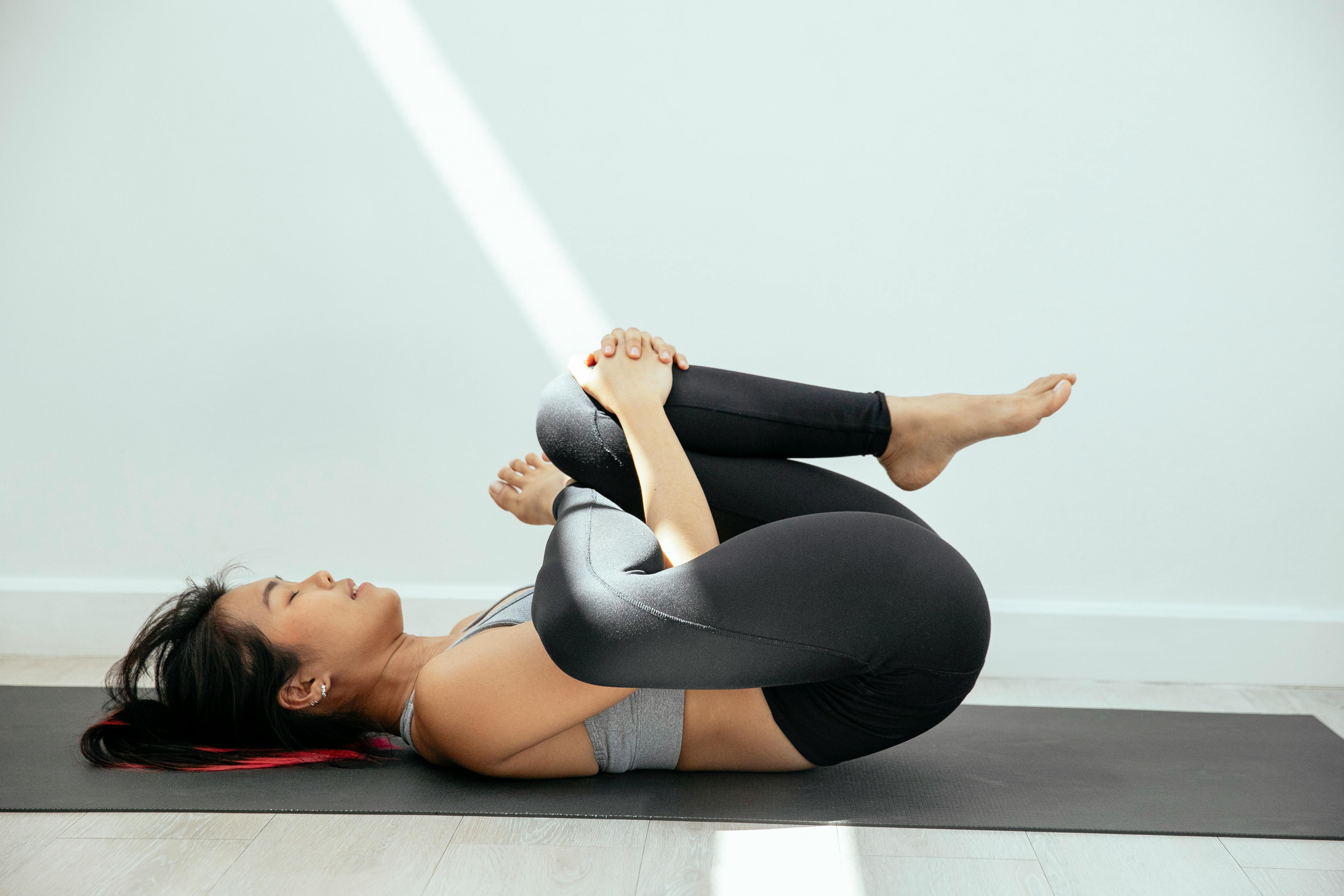
This exercise focuses purely on strengthening the glutes (buttocks) without straining the lower back, providing vital support for your spine. Start on your hands and knees (quadruped position). Keep your knee bent at 90 degrees and slowly lift one foot toward the ceiling, squeezing the glute at the top. Ensure your lower back does not arch. Only lift as high as you can maintain a flat back. This controlled movement effectively targets the primary back support muscles, helping to retrain them to fire correctly during movements like walking and lifting.
23. Single-Leg Hip Hinge (Supported Balance)
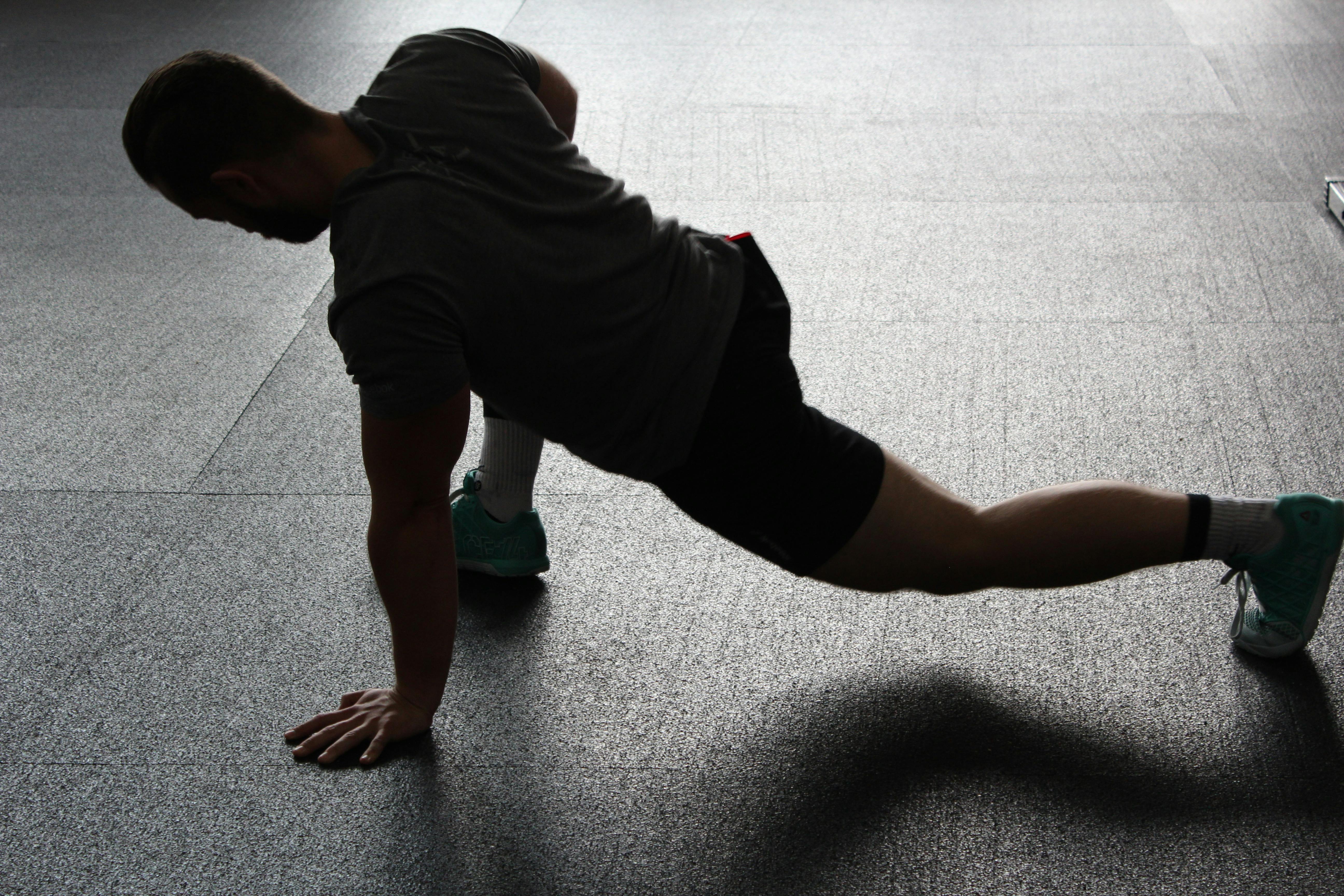
This move combines the essential hip hinge (for safe bending) with a gentle balance challenge. Stand beside a chair for support. Keeping a light weight in the hand opposite the chair, lift the leg on the side of the weight. Slowly hinge forward at the hips, extending the lifted leg backward, forming a 'T' shape with your body. Return to vertical slowly. This complex motion strengthens the entire posterior chain (hamstrings, glutes, lower back) on the standing leg, teaching your body to stabilize efficiently during single-leg tasks like climbing stairs.
24. Standing Torso Rotation (Controlled Spinal Twist)
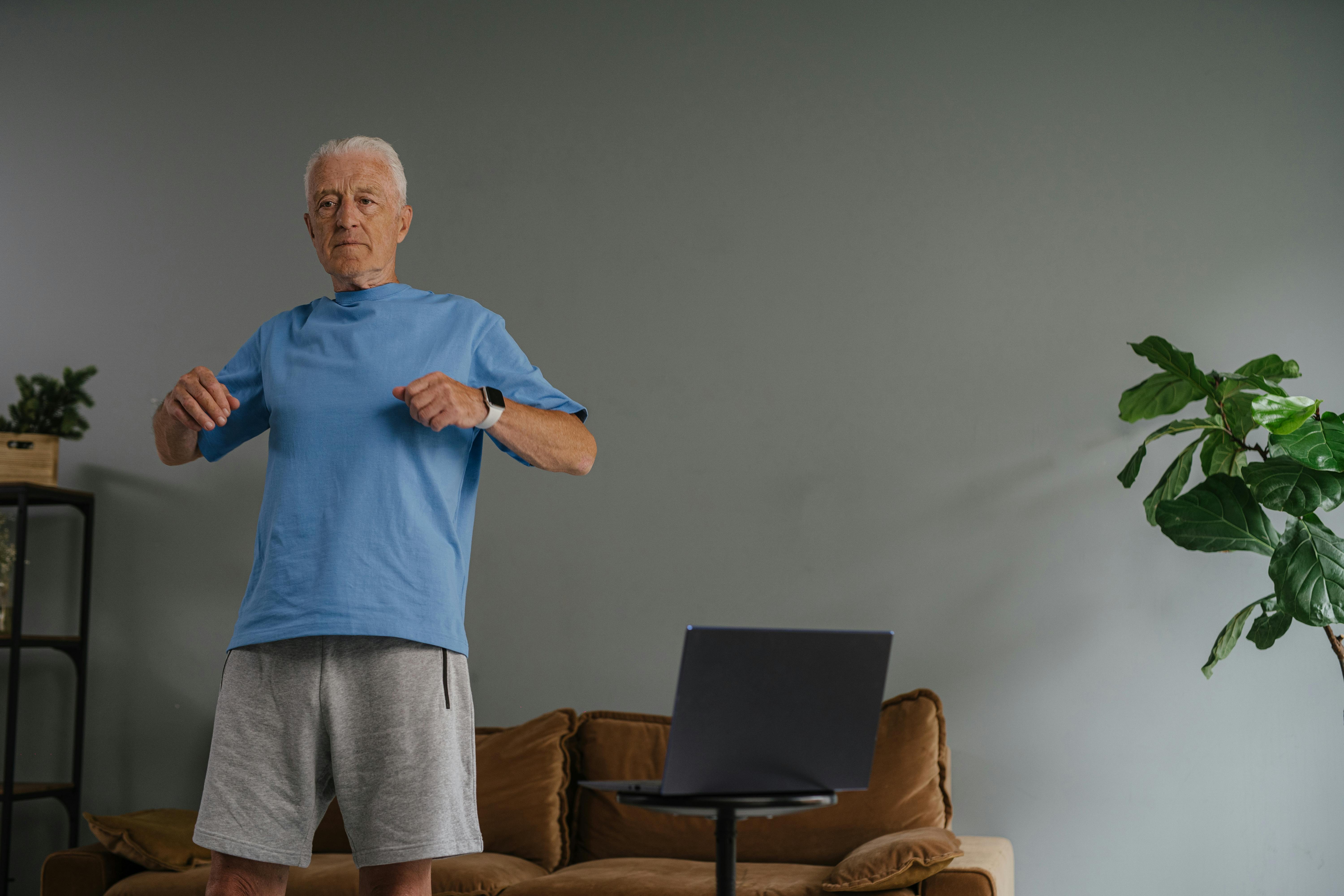
While the supine twist is great for flexibility, the Standing Torso Rotation adds a functional element. Stand tall with your feet shoulder-width apart, holding a light object (like a towel stretched between your hands) across your chest. Keeping your hips pointed forward, slowly rotate your torso and shoulders to the right as far as feels comfortable, pause, and return to center. Repeat to the left. This trains the core and back muscles to safely control rotation, which is used constantly for everyday tasks like reaching into the back seat of a car or turning to converse.
25. Prone Cobra (Lower Back Endurance)
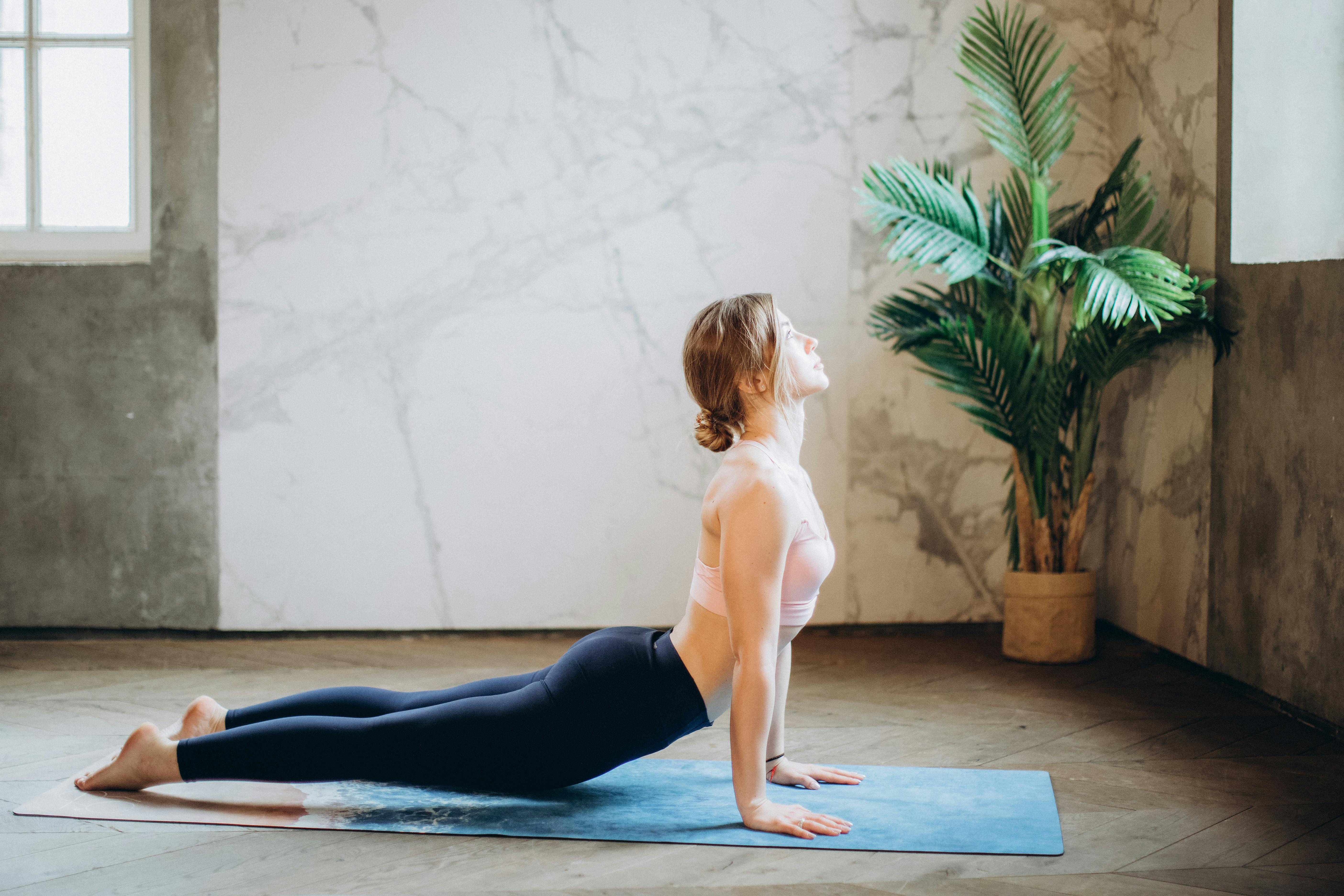
The Prone Cobra is a gentle exercise for building endurance in the muscles of the lower and middle back. Lie face down with your arms by your sides, palms down. Gently squeeze your shoulder blades together and lift your head and chest a few inches off the floor (like a very low flying position). Keep your feet grounded. Hold this position for 5-10 seconds, then release. This mild extension uses body weight to strengthen the postural muscles, helping your back maintain proper alignment and resisting the fatigue that leads to mid-day pain.
Gentle Consistency: The Real Path to Lasting Relief

Change takes time—and your patience is just as important as your persistence. Remember, if your back pain lingers or changes in intensity, a licensed healthcare professional can help guide you safely forward.Allow these everyday moves to be a form of self-care, a way to listen deeply and respond compassionately to your body's signals. In every gentle stretch and mindful breath, you're investing in a healthier, more comfortable tomorrow.